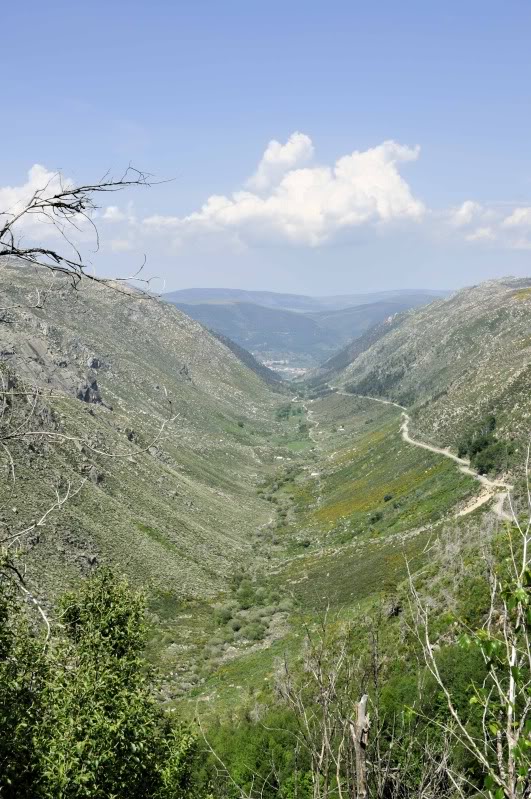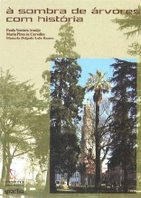Vale do Zêzere
One of the many correct-until-next-week versions of the world that I was taught was Berkeley's. He held that the world of "houses, mountains, rivers and in a word all sensible objects" consists entirely of ideas, sensory experiences. What we like to think of as the real world, out there, corporeal, touchable, linear in time, is just private images – early cinema – unreeling in our heads. Such a world view was, by its very logic, irrefutable. Later, I remember rejoicing at Literature's reply to Philosophy: Dr Johnson kicking a stone and crying, "I refute it thus!". You kick a stone, you feel its hardness, its solidity, its reality. Your foot hurts, and that is proof. The theorist is undone by the common sense of which we are so Britishly proud.
The stone that Dr Johnson kicked, we now know, wasn't solid at all. Most solid things consist mainly of empty space. The earth itself is far from solid, if by solid we mean impermeable: there are tiny particles called neutrinos, which can pass right through it, from one side to the other. Neutrinos can pass – were passing – through Dr Johnson's stone without any trouble; even diamonds, our epitome of hardness and impermeability, are in fact crumbly and full of holes. However, since human beings are not neutrinos, and it would be distinctly pointless for us to try passing through a rock, our brain informs us that the rock is solid. For our purposes, in our terms, it is solid. This is not what is true, but rather what it is useful for us to know. Common sense raises utility into factitious but pratical truth.
Julian Barnes, Nothing to be Frightened of (Jonathan Cape, 2008)






2 comentários :
Uma beleza, ver o pequeno rio quase nascer sob os nossos pés, meneando risos espelhados aos velhos rochedos, impertinentes e altos!
"How green was my valley"
Fantástico!
Enviar um comentário